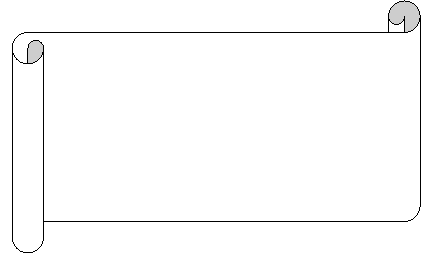Interpreting

Hypothesis:
УSimultaneous interpreting is
Interpreter in the whole is a very
good profession, because it is permanent process of learning and developing of
yourself by speaking an communicating with the people of other nations. Simultaneous Interpreting allows
to lower a period of carrying out international arrangements and to heighten a
volume and quality of informational stream. More over, the time of participants
and speakers is used sparingly (economized), comfortable working atmosphere is
set up, and a prestige is improved. In contrast to consecutive translation, simultaneous
translation has essential differences in the principles of organization. Consecutive interpretation is
an interpretation of seminars, conferences, negotiations, public speeches on
diverse topics in the consecutive mode, when the speaker and the interpreter
speak in turn. Experienced interpreters can help in any situation - from a
private talk to a public speech in front of a large audience. But during the consecutive
translation orator always needs to make pauses, allowing to translate his
speech. At that time he must always look after himself and the translator. All
this adversely affect the quality and time of conferenceТs working. Simultaneous interpreting is free from this disadvantages.
A speaker is just speaking in front of the audience. His/her speech is going
through the microphone to the cabins of translators, and they are translating
his/her words at once to the other languages. All the participants are
listening their mother tongues at the place through the individual receivers.
The questions to the speaker are asked through the microphones, which are
placed in the hall. If somebody is asking the speaker, he (the speaker) is just
listening the translation through the head-phones, and answering at once. It is
time to mention that the setting of Simultaneous interpreting doesnТt depend on
any accessory systems, situated in the hall. It is possible not to use them at
all. The arrangement of the participants doesnТt influence on the quality and
loudness of interpreting. That is why the simultaneous interpreting
is better than any other translation. It is saving the time greatly and giving
a possibility to hold conferences, seminars,
negotiations and e.g. with maximal mutual understanding. More over, the
consecutive interpreting is taking 1% of all conferences, while simultaneous
interpreting is taking place in 99% of conferences. BIBLIOGRAPHY: AUTHOR DATE TITLE PLACE PUBLISHER Seleskovich, D. (1978) Interpreting for International Conferences. Pen and Booth Washington INTERNET SOURSES: Technical centre of radio and television (2001), Simultaneous
interpreting (Technology and recommendations); 18.12.2002, домен сайта скрыт/a> University of Latvia Faculty of Modern languages INTERPRETING Night Department 1st year student, Group IB Katherine Nikitina Matriculation card# AngF020282 Adviser: I. Karapetjana COMMENTSа
* Lowerа * MERGEFORMAT Riga 2002

